The weather in March may come in like a lion and go out like a lamb, but it sure is a delicious month, especially when you look at all the ripe and in-season foods.
Here are the fruits and vegetables that you can take advantage of for maximum freshness, flavor, and nutritional content. Check out some seasonal recipes, too, by clicking the links!
Artichokes
Native to the western and central Mediterranean, artichokes are low in fat, rich in fiber, vitamins, and minerals like vitamin C, vitamin K, folate, phosphorus, and magnesium.
Moreover, artichokes are among the richest sources of antioxidants. These delicious thistles are usually served as a hot vegetable with a sauce or as a cold appetizer.
Broccoli
Broccoli, also abundant in January and February, is a superfood native to Europe. Low in calories and packed with many micronutrients, minerals, fiber, and antioxidants, broccoli has a reputation for helping to boost immunity and promote heart health.
The Institute for Functional Medicine suggests eating 2-3 cups of broccoli per day. Broccoli can be eaten cooked or raw. When cooking, it can be sautéed, steamed, roasted or air fried. If you plan to serve it without cooking, it's great for salads or dips.
Brussels Sprouts
Brussels sprouts derive their name from Belgium's capital, where they were first cultivated in the 13th century.
Just 1 cup of raw Brussels sprouts meets the National Institutes of Health's (NIH) recommended daily requirements for vitamin C and vitamin K. Not to mention that they are also rich in minerals.
Brussel sprouts can be eaten raw (when shredded, they make a fabulous slaw!) or served stir-fried, sauteed, or steamed.
Cauliflower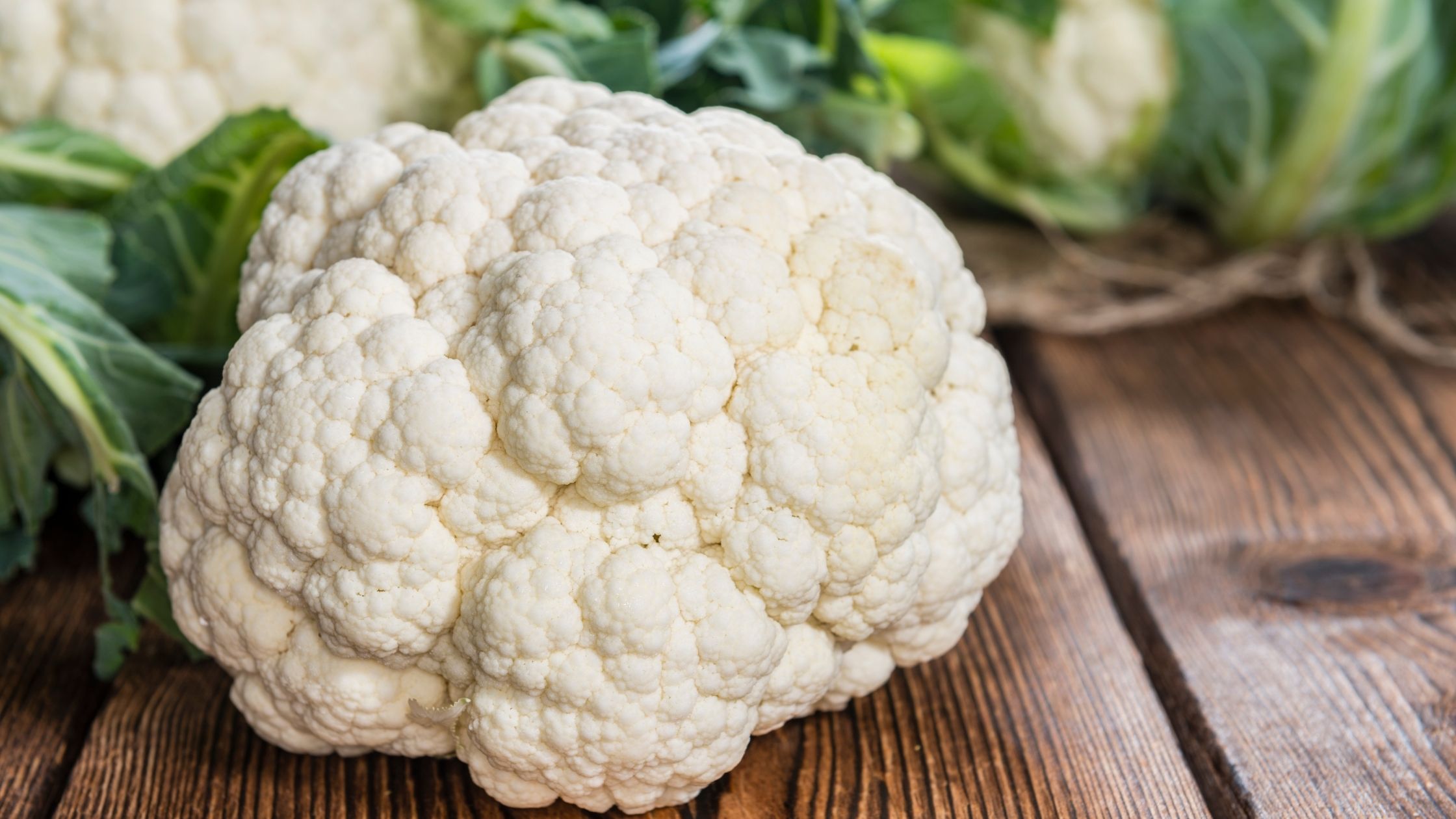
Not many vegetables contain choline. Cauliflower, along with broccoli, is among the sources of this nutrient that most people are lacking. Although the body makes some choline, we still need to consume choline-rich food to get enough.
Consuming a sufficient amount of choline may reduce the risk of several health conditions, including cardiovascular disease, cancer, and dementia.
If you're following a low-carb diet, cauliflower is a healthier choice to replace grains and legumes in a wide variety of recipes. I often like to curry cauliflower for a change of taste. The flavors of curry go well with cauliflower and greens. You can also try my autumnal cauli-mash recipe with roasted, crunchy Brussel sprouts. Yum!
Leeks
Leeks are an ancient crop and are native to eastern Mediterranean lands and the Middle East. Its close relatives are onions, shallots, scallions, chives, and garlic.
Low in calories but high in nutrients, such as magnesium and vitamins A, C, and K, leeks also contain some fiber, copper, vitaminB6, iron, and folate.
They're widely used in soups and stews. You can also enjoy leeks in dips, salads, and quiche.
Lettuce 
Lettuce is a nutritious vegetable in the aster family. Although it comes in many varieties, this leafy veggie, in general, is rich in vitamins K and A. Note that red leaf lettuce is higher in antioxidants.
Most lettuce varieties, such as iceberg and romaine, are eaten fresh and often served in salads, wraps, and sandwiches.
Mushrooms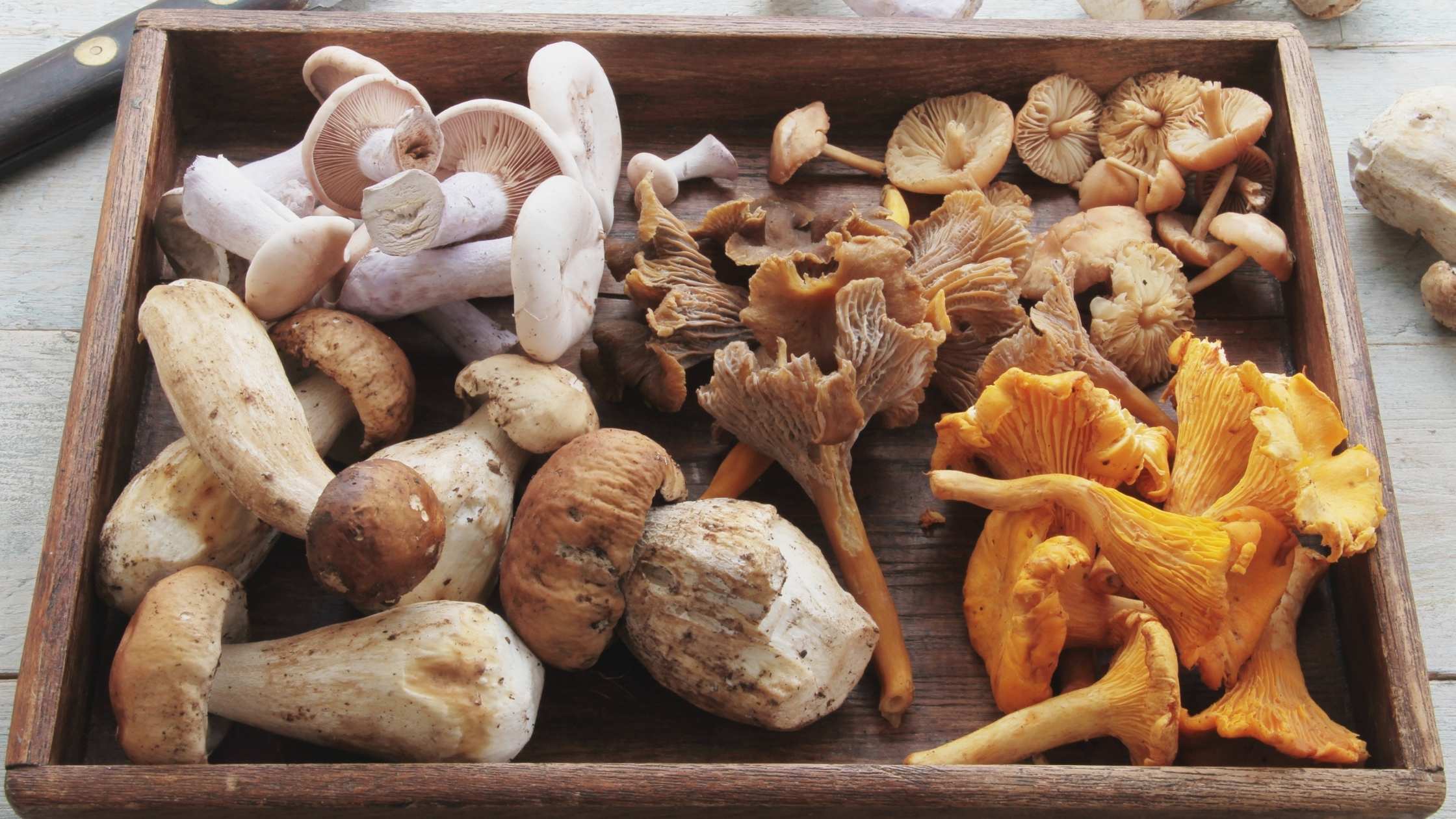
Mushroom is a type of fungi, but the term "mushroom" is used to identify edible sporophores. It is considered a vegetable for cooking purposes.
Mushrooms also come in a lot of different shapes, sizes, and colors. The most common types found in the grocery are shiitake, portobello, button, oysters, and crimini.
They are a rich source of antioxidants, potassium, beta-glucan, and B vitamins for heart health and copper for bones and nerves.
My favorite way to eat mushrooms is by tossing them into eggs, soup or using them to create my no-bean chili recipe.
Parsnips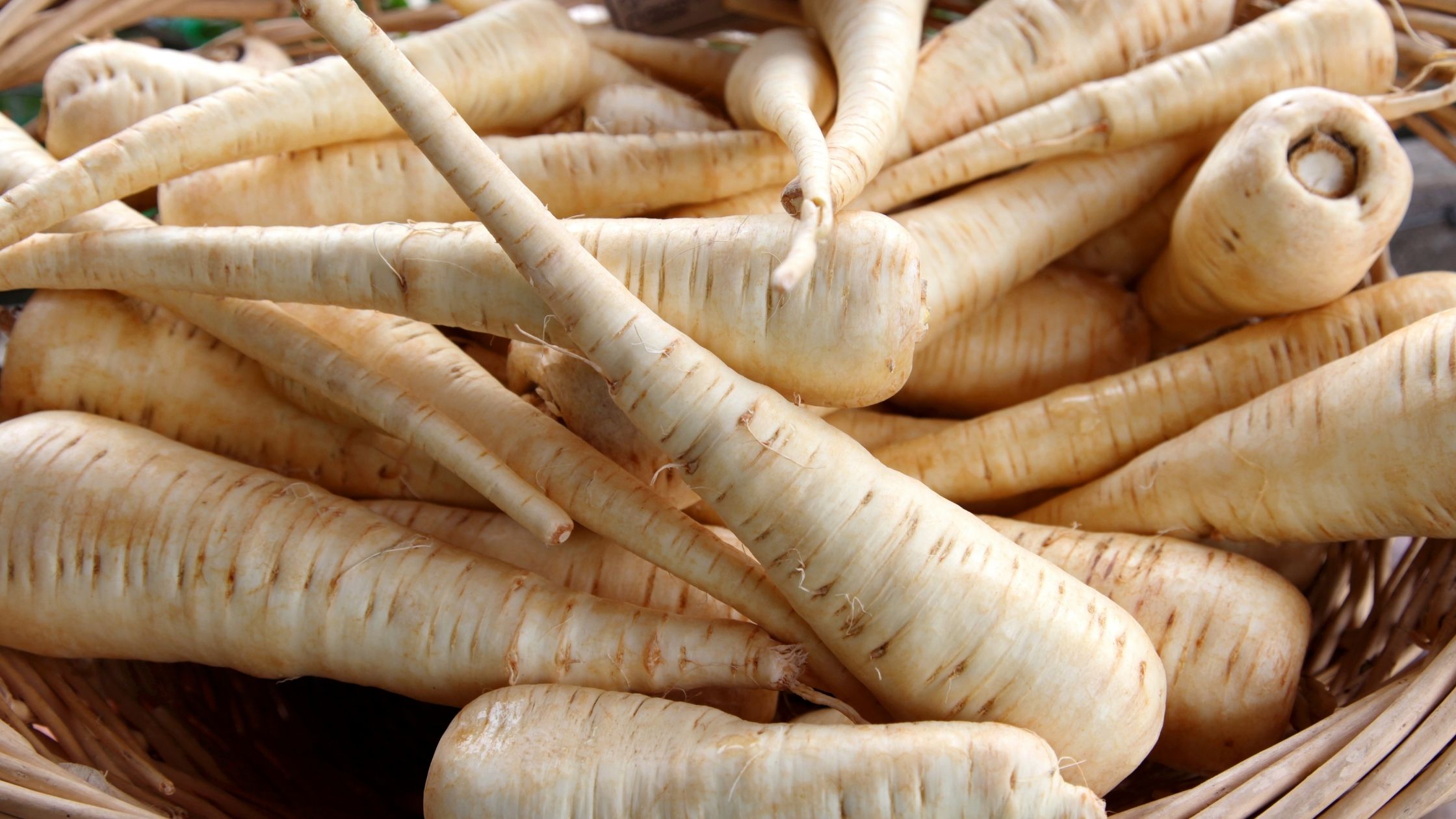
Parsnips are a tasty root vegetable related to carrots and parsley root. They're commonly found in Great Britain and throughout Europe and Asia. Parsnips were introduced in America early in the 17th century.
They pack a hearty dose of fiber, vitamin C, vitamin K, folate, and other important micronutrients. Parsnips are also low in calories yet high in fiber, improving digestive health, regulating blood sugar level, and supporting heart health.
If you want to add parsnips to your diet, you can easily swap them for other root vegetables in your favorite recipes!
Pineapples
Pineapples are delicious tropical fruits native to the Caribbean islands and Central and South America.
They are low in calories and loaded with antioxidants and compounds that can reduce the risk of chronic diseases, improve digestion, lower the risk of cancer, boost immunity, ease arthritis symptoms, and speed up recovery after surgery or vigorous exercise.
Serving one cup of fresh pineapples along with your usual breakfast or blending frozen pineapples into smoothies is a refreshing way to start your day!
Radish
Radish varieties are an excellent source of fiber, vitamin C, and antioxidants. Compared to other root vegetables, they have fewer carbs and calories.
Strong immune system, better digestion, and increased bile production are just a few of the many radishes' health benefits. Note that radishes are generally safe to eat, but people with thyroid problems must consume them in moderation.
Using Daikon radish root to substitute for ramen noodles is my personal favorite!
Rutabagas
Rutabagas are thought to have been first bred in Russia or Scandinavia in the late Middle Ages. They are a hearty vegetable packed with fiber, vitamins, and important minerals that you may not be getting enough of.
Among the minerals and micronutrients that rutabagas are rich in are potassium and magnesium, which play an important role in regulating cells, tissue, and organs. In a nutshell, it makes your body work right.
Rutabaga roots can be cooked with other root veggies, and the leaves are perfect for salads and soups.
Turnips
Turnips are thought to have originated in middle and eastern Asia. Both turnips and turnip leaves provide over 30% of the daily value for vitamin C. The leaves are also a rich source of folate, vitamin K, and provitamin A.
Moreover, their glucosinolate compounds may help control blood sugar levels, fight harmful bacteria, and provide anti-inflammatory and anti-cancer effects.
Turnip roots make a great addition to salads! They can also be cooked and served whole, mashed, or used in chowder.
Sources
https://www.britannica.com/plant/broccoli
https://www.healthline.com/nutrition/foods/broccoli
https://www.medicalnewstoday.com/articles/266765
https://www.britannica.com/plant/Brussels-sprouts
https://www.healthline.com/nutrition/benefits-of-brussels-sprouts
https://www.medicalnewstoday.com/articles/284765
https://www.britannica.com/plant/Brassica-olerace
https://www.britannica.com/plant/cauliflower
https://www.healthline.com/nutrition/benefits-of-pineapple
https://www.healthline.com/nutrition/benefits-of-cauliflower
https://www.medicalnewstoday.com/articles/270435
https://www.britannica.com/plant/leek
https://www.healthline.com/nutrition/leek-benefits
https://www.britannica.com/plant/turnip
https://www.healthline.com/nutrition/turnip-nutrition
https://www.medicalnewstoday.com/articles/284815
https://www.britannica.com/plant/rutabaga
https://www.healthline.com/nutrition/rutabagas
https://www.ncbi.nlm.nih.gov/pmc/articles/PMC2841576/
https://www.ncbi.nlm.nih.gov/pmc/articles/PMC6259877/
https://www.britannica.com/plant/Asteraceae

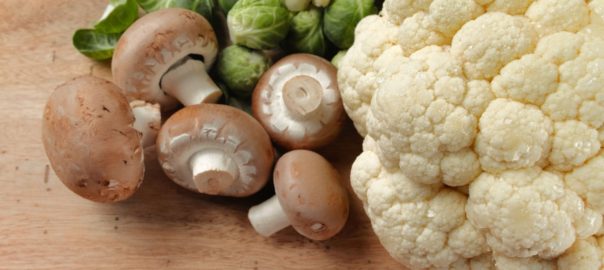
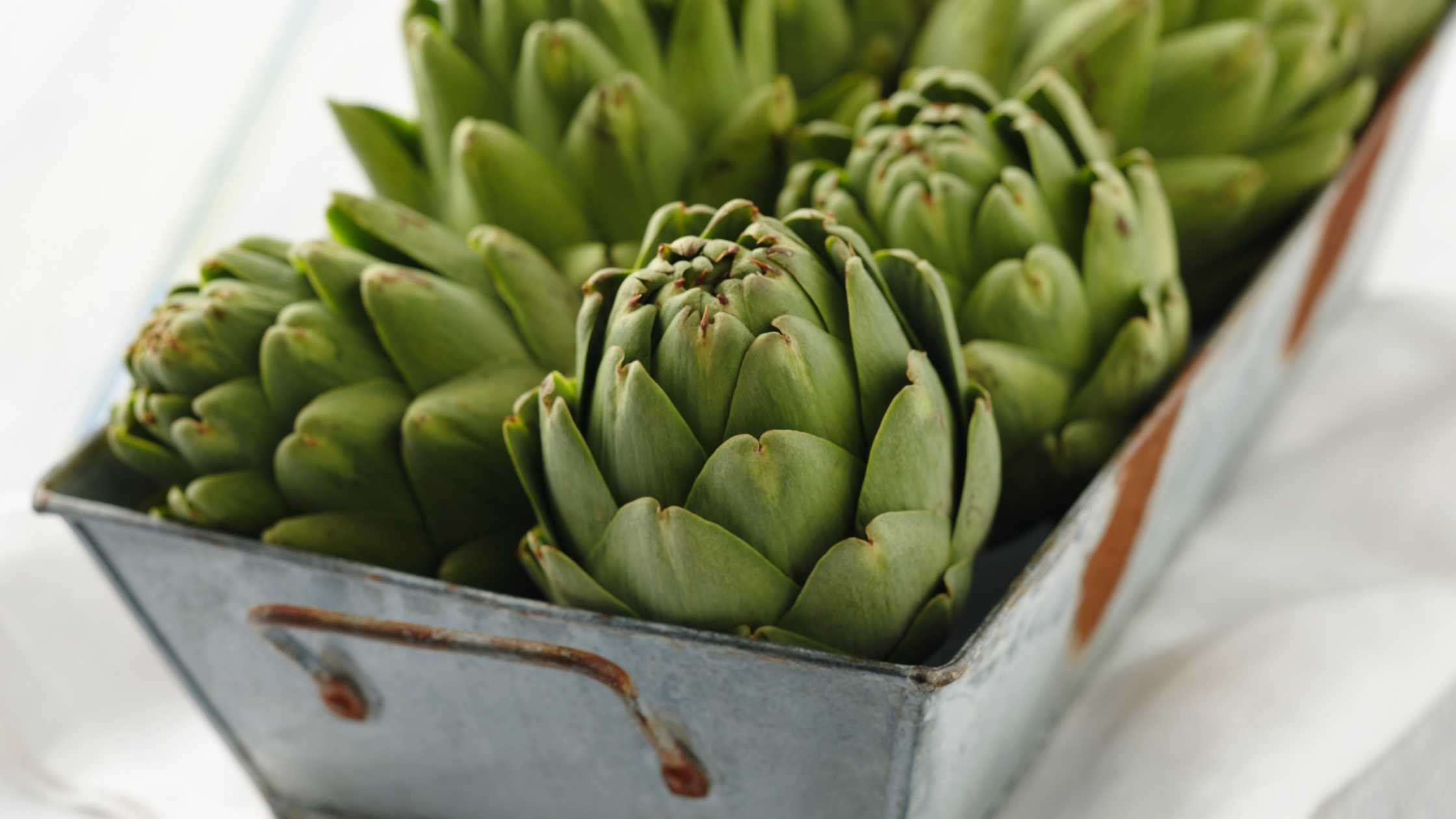
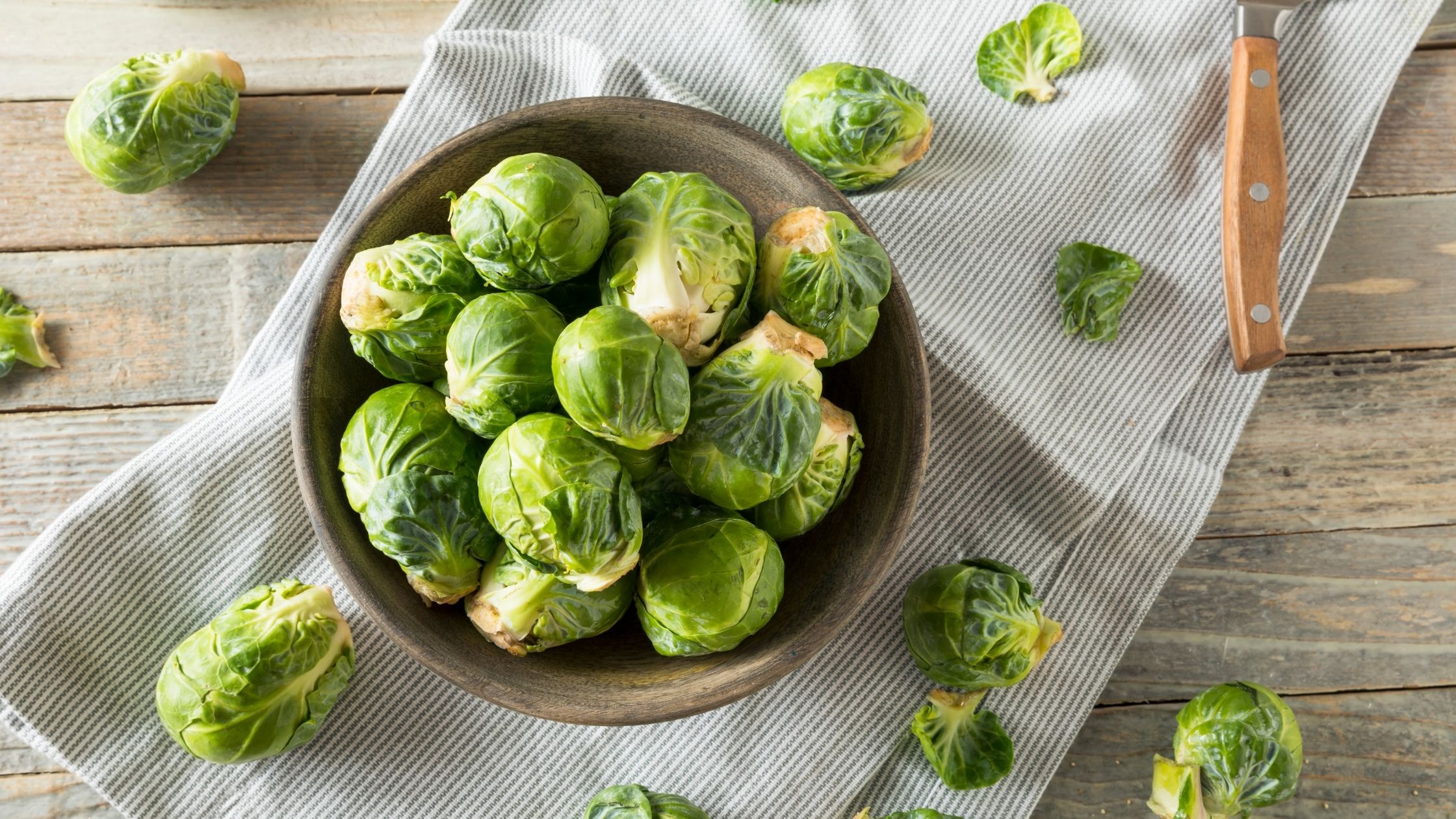
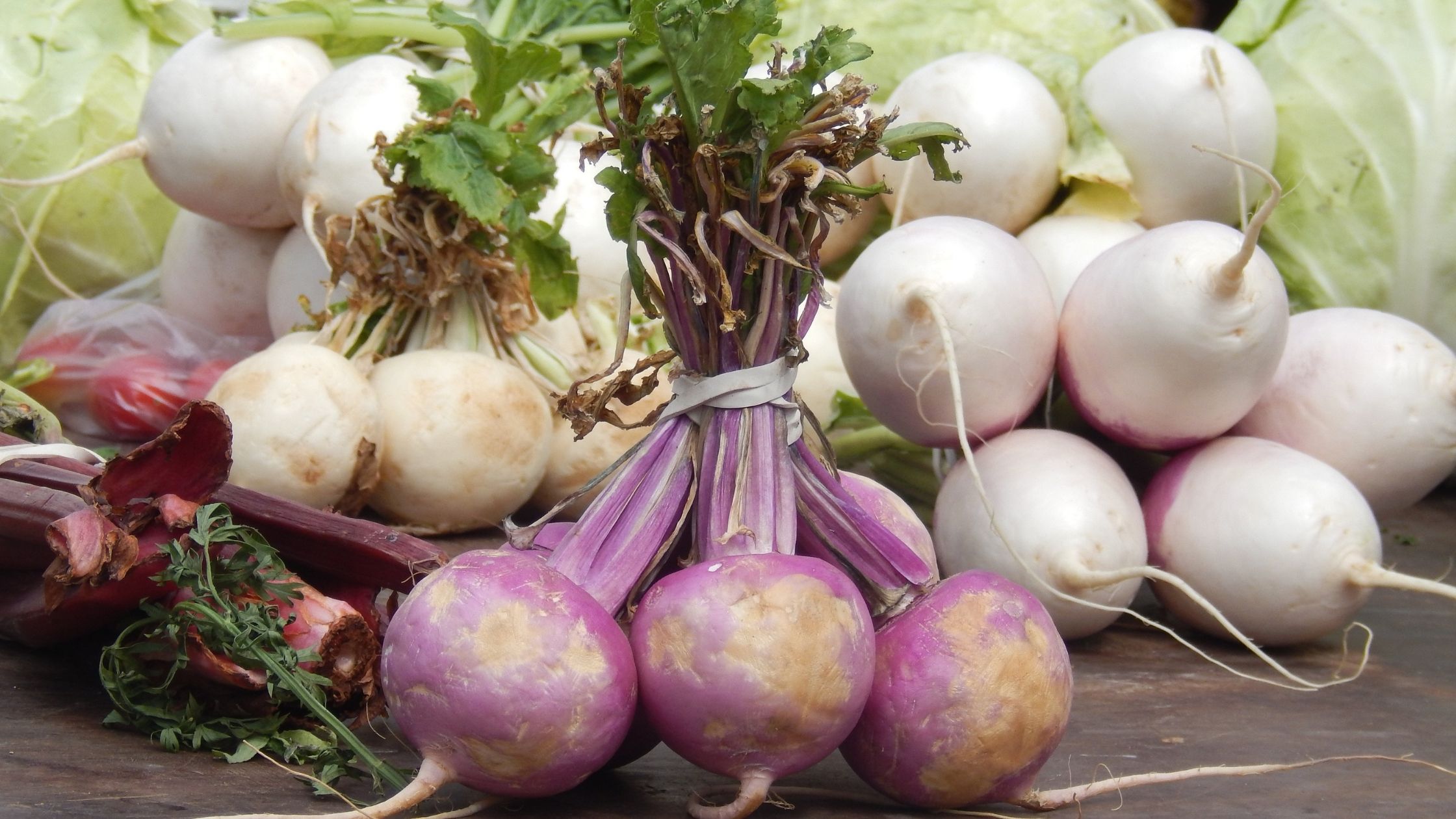
I am not a fan of spring veggies, because I love fresh local produce. Here in New England, there isn’t a whole lot in season and I’m not a fan of root veggies. Looking forward to the growing season!
You’ve listed some of my favorites! I’m going to pick up some artichokes very soon!
Thanks for this post! I’m saving for when I head to farmers market, it will serve as a great reference
Yay! So much fantastic produce coming back in season in abundance. Looking forward to creating more new recipes. Especially happy about Brussels sprouts and parsnips.
I see lots we eat that are in season. We love mushrooms, Brussels and more!
I love cooking veggies that are in season. The problem is knowing which ones actually are in season. Everything is grown all over the world and shipped to stores, so not everything you buy is actually meant to be eaten at that time.
I love this! These days, you can get anything whether it’s in season or not, but you will definitely notice a difference in the flavor.
This is fully awesome! With everything being grown everywhere around the world, it’s very hard to know what is actually in season and what isn’t.
Thank you so much for sharing this! I try to stick with produce that’s in season because it tastes better, but it’s hard to actually know what IS in season.
I love all these fruits and vegetables! They’re all delicious and perfect for their season. Thanks for sharing this!
I love all these fruits and vegetables! Thanks for sharing this!
Such a great guide! I absolutely love pineapples and turnips.
I didn’t know that about the red lettuce. I like that for salads because it just seems denser/crisper and has more bite to me.